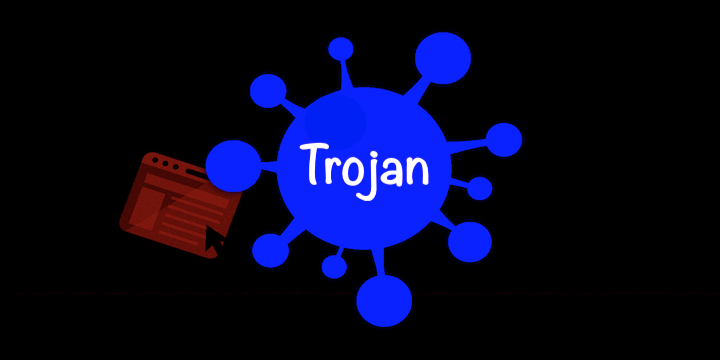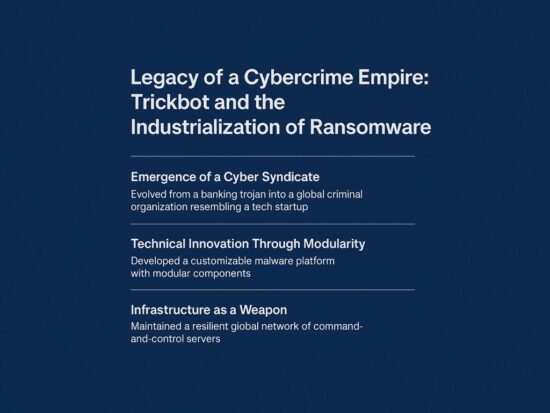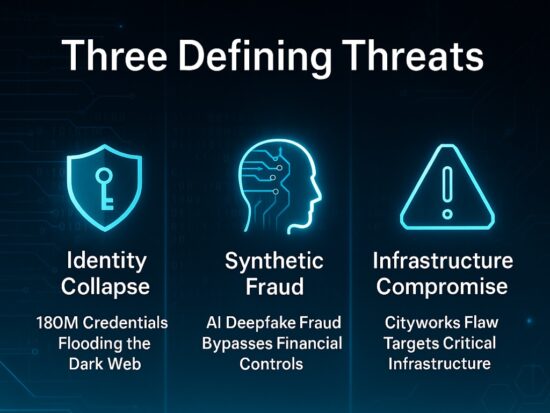In today’s digital age, email has become an essential part of our personal and professional lives. It’s a convenient means of communication, but it’s also a fertile ground for cybercriminals looking to exploit unsuspecting individuals. One common type of threat that primarily spreads through email is Trojan.HTML.Phishing. In this article, we will delve into what Trojan.HTML.Phishing is and what it can do to those who fall into its trap.
What is Trojan.HTML.Phishing?
Trojan.HTML.Phishing is a type of malware designed to deceive recipients through email, leading them to divulge sensitive information such as usernames, passwords, credit card numbers, or other personal and financial data. This malicious software, commonly referred to as a Trojan horse, masquerades as legitimate content within an email. It’s worth noting that “HTML” in its name refers to the markup language used to create webpages, and it is often utilized to craft convincing fake web pages within phishing emails.
How Does Trojan.HTML.Phishing Spread Through Email?
Trojan.HTML.Phishing typically spreads through email campaigns that use various tactics to lure recipients into opening the malicious message. Here are some common methods employed by cybercriminals to distribute this threat:
- Social Engineering: Phishing emails often employ psychological manipulation techniques to convince recipients to take action. They may impersonate trusted entities, such as banks, government agencies, or well-known companies. These emails usually contain alarming messages that pressure recipients to click on a link or download an attachment.
- Spoofing: Cybercriminals can disguise the sender’s email address to make it appear as if the email is coming from a legitimate source. This spoofing technique tricks recipients into believing that the email is trustworthy.
- Attachment-Based: Some Trojan.HTML.Phishing attacks involve sending emails with malicious attachments, such as PDFs, Word documents, or ZIP files. Once opened, these attachments can execute the malware on the recipient’s device.
- Link-Based: In other cases, phishing emails contain hyperlinks that lead to fake websites designed to capture sensitive information. These websites often mimic the appearance of legitimate login portals or online forms.
What Happens When You Fall into the Trap?
Once a recipient falls into the trap set by Trojan.HTML.Phishing, the consequences can be severe. Here’s what may happen when you click on a phishing email or submit information on a fraudulent website:
- Data Theft: Trojan.HTML.Phishing aims to steal sensitive data. If you enter your login credentials, credit card information, or other personal details on a fake website, the cybercriminals behind the attack will have access to your private information.
- Identity Theft: With your personal information in their hands, cybercriminals can engage in identity theft. They may open credit accounts in your name, make unauthorized purchases, or commit various fraudulent activities.
- Financial Loss: Falling victim to Trojan.HTML.Phishing can lead to financial losses, as cybercriminals can drain your bank accounts or make unauthorized transactions using your credit card information.
- Malware Infection: In some cases, clicking on phishing links or downloading malicious attachments can lead to the installation of additional malware on your device, further compromising your security and privacy.
- Reputation Damage: If you fall victim to a phishing attack and your personal or financial information is exposed, it can damage your reputation, both personally and professionally.
Protecting Yourself Against Trojan.HTML.Phishing
To protect yourself from Trojan.HTML.Phishing and other email-based threats, consider the following best practices:
- Verify the Sender: Always double-check the sender’s email address and domain to ensure it matches the legitimate entity it claims to be.
- Be Cautious with Links and Attachments: Avoid clicking on suspicious links or downloading attachments from unknown sources.
- Use Security Software: Keep your antivirus and anti-malware software up to date to help detect and remove phishing threats.
- Stay Informed: Stay informed about the latest phishing trends and techniques to recognize potential threats.
- Educate Yourself: Educate yourself and your colleagues about phishing and the importance of cybersecurity awareness.
Conclusion
Trojan.HTML.Phishing is a dangerous threat that preys on unsuspecting email users. Understanding how it spreads and the potential consequences of falling into its trap is crucial for staying safe in the digital world. By practicing vigilance, being cautious with your email interactions, and staying informed about the latest cybersecurity threats, you can significantly reduce your risk of falling victim to Trojan.HTML.Phishing and other phishing attacks.








 Puru's [AI]
Puru's [AI]
